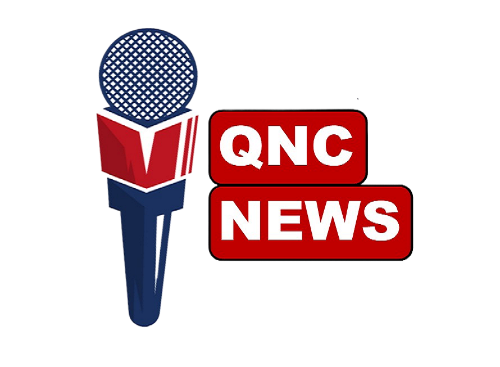The Federal Reserve is set to make its first interest rate cut of 2025, with a 0.25 percentage point reduction expected in the upcoming meeting. This move occurs amidst an economic landscape marked by slowing job growth and persistent inflationary pressures. President Donald Trump has been urging the Fed for more substantial cuts due to concerns about a weakening labor market. However, internal divisions within the Federal Open Market Committee (FOMC) reveal the complexities the Fed faces in fulfilling its dual mandate of promoting maximum employment and ensuring price stability.
Inflation is currently a significant worry, with the Consumer Price Index (CPI) rising to 2.9% in August, above the Fed’s 2% target, largely due to tariff-induced inflation. Meanwhile, the labor market shows signs of softening, as only 22,000 jobs were added in August, alongside a slight increase in the unemployment rate to 4.3%. These conditions have prompted some FOMC members to advocate for more aggressive rate cuts to stimulate economic activity.
The committee is divided on the severity of the rate cut, some members pushing for a deeper reduction while others express caution due to ongoing inflation concerns and trade policy implications. This discord highlights the challenges in crafting effective policy decisions that address both economic growth and inflation. Chair Jay Powell is navigating these challenges, emphasizing data-driven decisions and warning against premature easing that could exacerbate inflation.
The anticipated 25 basis point reduction is seen as a cautious approach, allowing the Fed to remain flexible amid economic uncertainties. Policymakers are expected to adopt a “wait-and-see” strategy, monitoring incoming data before making further adjustments. This approach reflects the Fed’s commitment to balancing its objectives in a rapidly changing economic environment.












Leave a comment